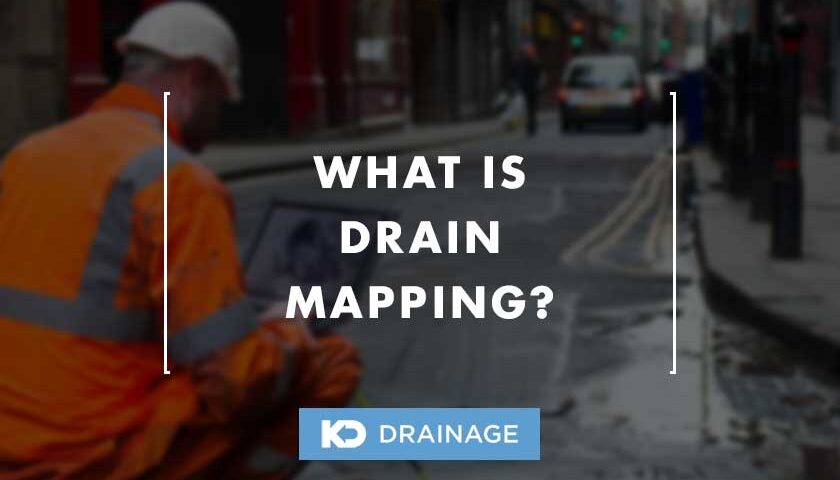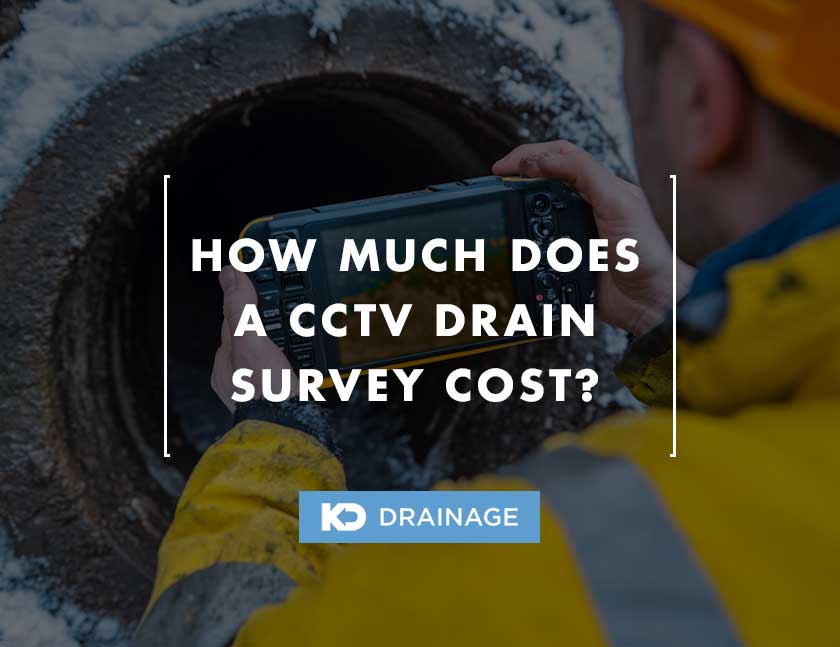
8 Best Ways to Clear a Drain Pipe
1 April 2024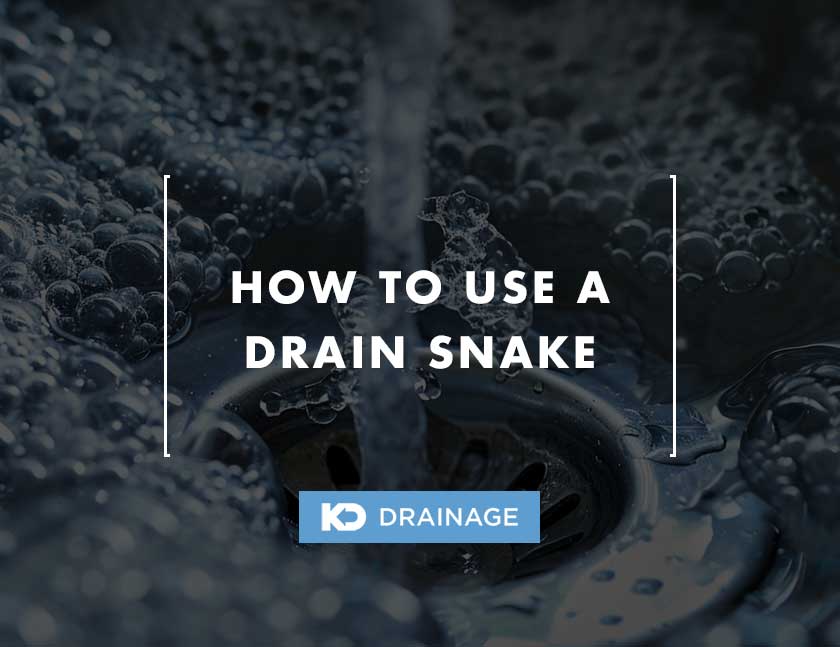
How to Use a Drain Snake
1 June 2024What is Drain Mapping?
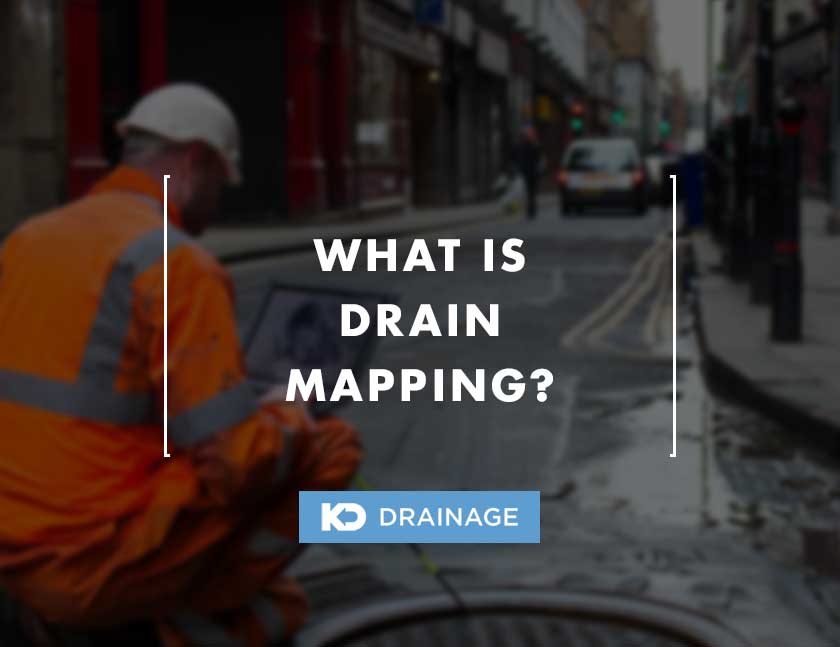
Beneath the bustling streets and urban environment that define our modern civilization lies a labyrinthine network of infrastructure, unseen but undeniably crucial.
In these underground utilities, one often-overlooked element plays a pivotal role – drain mapping.
In this article, we’ll navigate through the vital necessity of drain mapping.
From understanding its fundamental purpose to unravelling the meticulous process involved, and ultimately, to appreciating the invaluable benefits it brings.
Table of Contents
What is Drain Mapping?
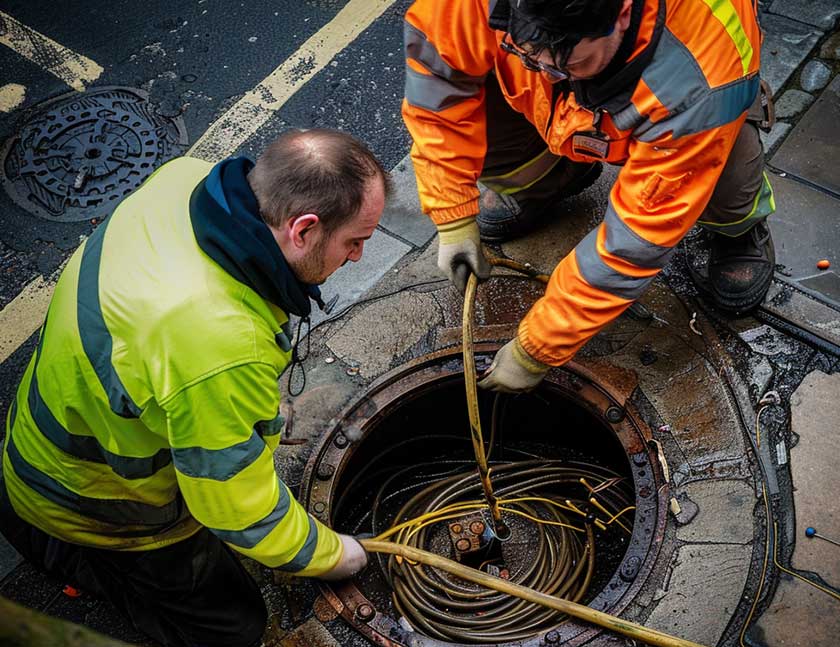
Drain mapping, often referred to as asset mapping or a drainage layout plan, stands at the forefront of modern drainage services.
It leverages the precision of GPS technology to meticulously plot the locations of essential drainage features.
This innovative approach, combined with a nationally acclaimed reputation for commercial excellence, allows for the creation of highly accurate and tailored bespoke drainage plans.
These plans serve as invaluable tools, offering a comprehensive overview of the entire drainage system, including the precise positioning of pipes, manholes, and gullies.
The process involves harnessing cutting-edge technology to not only identify the locations but also to discern crucial details such as the size, depth, and directional flow of pipes within the drainage network.
This level of granularity ensures that every element of the system is accounted for, providing an understanding that goes beyond a mere surface-level assessment.
Additionally, drain mapping distinguishes between pipes carrying foul water drains, further refining the information available for efficient maintenance and strategic planning.
Why is Drain Mapping Needed?
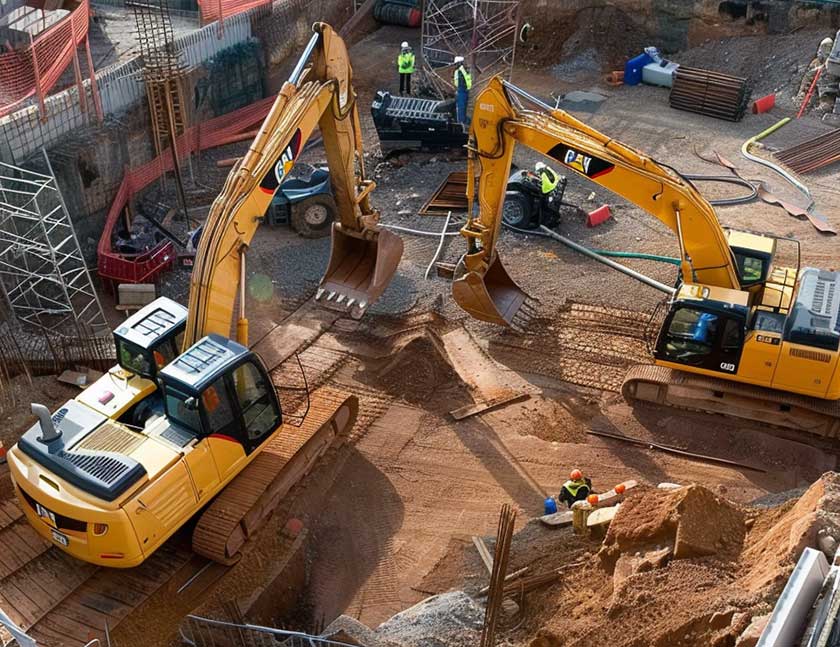
Drain mapping stands as a critical necessity in the world of urban infrastructure for multifaceted reasons, each contributing to the efficient and safe functioning of drainage systems.
Construction Projects
One of the primary imperatives is the prevention of accidental damage during construction projects.
With urban landscapes constantly evolving, construction activities are commonplace, and without a comprehensive understanding of the underground network, there’s a risk of inadvertently damaging vital pipes and drains.
Drain mapping acts as a safeguard, providing a clear and accurate blueprint that enables construction workers to navigate around these essential components, averting potential disasters.
Emergencies
Moreover, drain mapping is instrumental in facilitating swift responses to emergencies.
In the event of a drainage system malfunction or a sudden issue, having a detailed map allows maintenance teams to quickly pinpoint the problem area, expediting the resolution process.
This not only minimises service disruptions but also prevents secondary issues that may arise from delayed interventions.
City Developments
Strategic planning for future developments constitutes another crucial aspect of why drain mapping is indispensable.
By understanding the existing drainage layout, city planners can make informed decisions about new constructions, ensuring they harmonise seamlessly with the pre-existing infrastructure.
This proactive approach mitigates the risk of clashes between new developments and the underground network, fostering a more sustainable and resilient urban environment.
How is During a Drain Mapping Done?
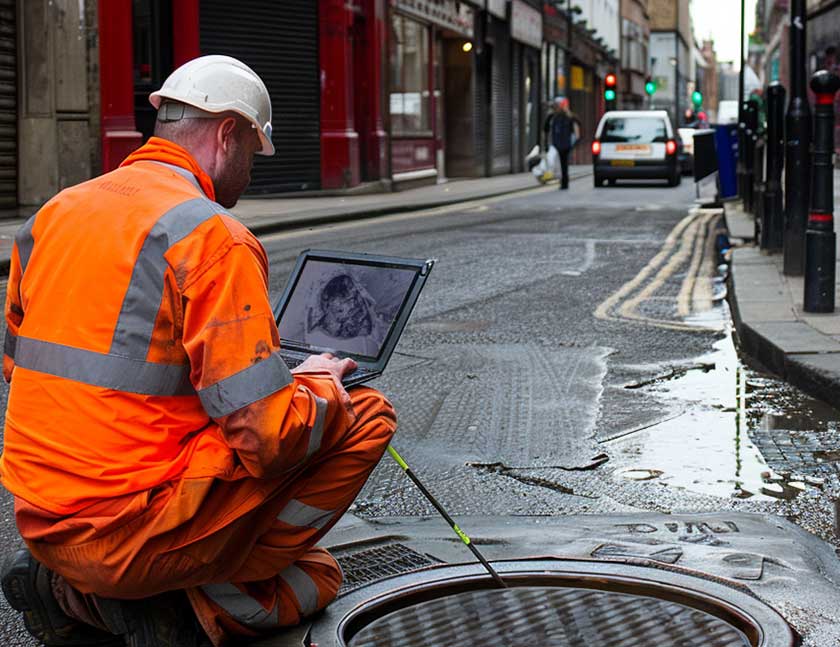
Drain mapping is a meticulous and technologically advanced process, combining cutting-edge tools and skilled professionals to unveil the intricate web of underground drainage systems.
The methodology employed during drain mapping is designed to be non-intrusive, providing accurate data without disrupting the environment.
Drain mapping should be done by professional technicians, such as us here at KD Drainage.
Ground-Penetrating Radar
The process often commences with the utilisation of ground-penetrating radar (GPR), a technology that uses electromagnetic radiation to detect subsurface structures.
GPR is particularly effective in identifying variations in material composition, allowing technicians to discern the presence and positioning of pipes, manholes, and other vital components.
This initial step sets the foundation for a detailed understanding of the drainage system’s layout.
Sonar
Sonar technology is another key player in the drain mapping process.
By employing sound waves, sonar systems can create detailed images of underwater or underground structures.
In drain mapping, this technology helps in identifying the depth of pipes and other components, contributing to a more comprehensive and accurate mapping of the drainage network.
CCTV
CCTV drain survey inspections are also integral to the drain mapping process.
Specially designed cameras are inserted into the drainage system, providing real-time footage of the interior.
This visual inspection allows technicians to identify any damages, blockages, or irregularities within the pipes.
The data gathered through CCTV inspections further enhances the overall accuracy of the drain mapping, ensuring that potential issues are not only located but also documented for subsequent maintenance or repairs.
Technicians
Skilled technicians play a crucial role during drain mapping, interpreting the data collected by the various technologies used.
Their expertise allows for a nuanced analysis, ensuring that the mapping is not only accurate but also comprehensive.
The technicians consider factors such as the type of material used in the pipes, the dimensions of the components, and any observed issues or defects.
This meticulous examination contributes to the creation of a detailed and reliable map that serves as a valuable reference for maintenance teams and urban planners.
The culmination of these technologies and expertise results in a comprehensive drain mapping report.
The final report acts as a visual guide, offering a clear representation of the underground drainage system that facilitates efficient maintenance, targeted repairs, and informed decision-making for future urban development projects.
What is on a Drain Mapping Report?
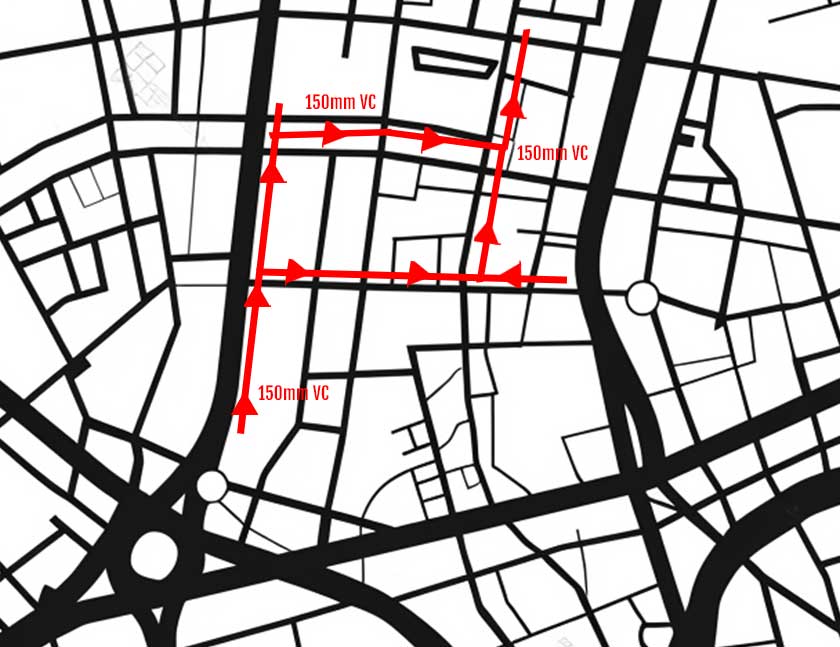
A drain mapping report is the culmination of a comprehensive process, presenting a detailed and organised overview of the underground drainage system.
This invaluable document serves as a reference guide for maintenance teams, construction professionals, and urban planners.
Here’s a breakdown of what is typically included in a drain mapping report:
Diagrams
The report begins with a series of detailed diagrams, showcasing the precise positions of pipes, manholes, and inspection chambers.
These visual representations provide an at-a-glance understanding of the entire drainage network, offering clarity on the layout and interconnections of various components.
Materials
Crucial information regarding the materials used in the construction of pipes and other elements is meticulously documented in the report.
This data ensures that maintenance teams are well-informed about the composition of the infrastructure, aiding in the selection of appropriate repair materials and techniques.
Depth
The depth of each component within the drainage system is a key aspect covered in the report.
Knowing the depth helps maintenance crews plan interventions effectively, especially when addressing issues such as blockages or damages.
Issues and Defects
Identification of any observed issues or defects is a significant component of the report.
This includes anomalies detected during CCTV inspections, potential structural problems, or signs of wear and tear.
By documenting these issues, the report guides maintenance teams in prioritising repairs and allocating resources efficiently.
Pipe Type
For a more comprehensive understanding, the report also distinguishes which pipes carry foul water drains.
This distinction is crucial for targeted maintenance efforts and ensures that teams are well-prepared to address specific concerns related to sewage and wastewater flow.
What are the Benefits to Drain Mapping?
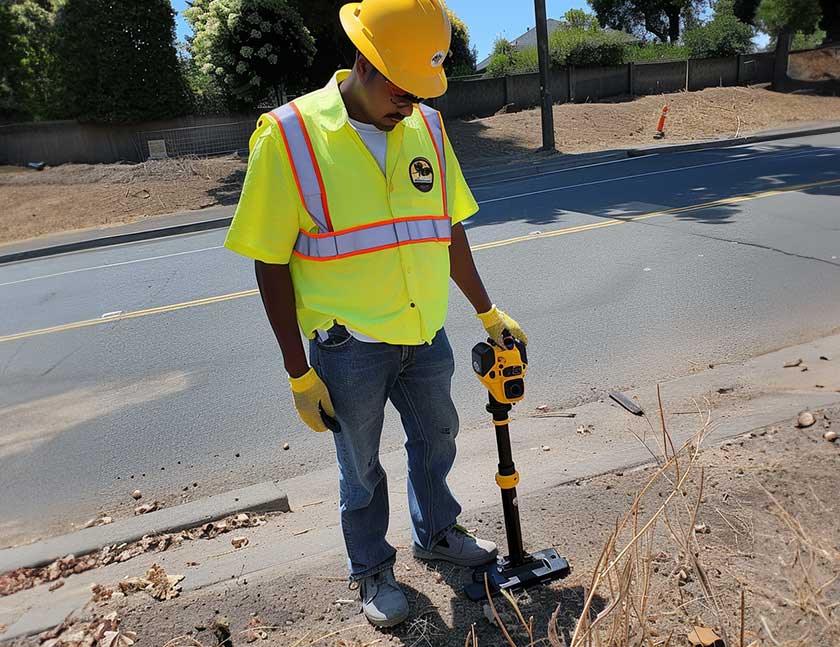
Drain mapping bestows a multitude of benefits that extend beyond maintenance and repair, making it an indispensable tool for efficient urban infrastructure management.
Some of the main benefits include:
Safety
One of the primary benefits of drain mapping lies in its ability to enhance safety during construction projects.
By providing a detailed layout of the underground infrastructure, workers can navigate around essential pipes and drains, mitigating the risk of accidental damage.
This proactive planning not only protects the workforce but also prevents disruptions to critical services.
Cost-Effective
Drain mapping offers a substantial advantage in terms of maintenance efficiency and cost-effectiveness.
Armed with a comprehensive map, maintenance teams can precisely pinpoint the location and nature of issues within the drainage system.
This targeted approach minimises the need for extensive excavation, reducing both the time and expenses associated with repairs.
Emergency Response
In the event of drainage system malfunctions or emergencies, drain mapping plays a pivotal role in facilitating swift responses.
Maintenance teams, equipped with a detailed map, can quickly identify and address the problem area, minimising service disruptions.
This agility in emergency response not only ensures the continuity of essential services but also prevents secondary issues that may arise from delayed interventions.
Urban Planning
From an urban planning perspective, drain mapping provides strategic insights that contribute to sustainable development.
City planners can make informed decisions about future constructions, ensuring new developments seamlessly integrate with the existing drainage system.
This forward-looking approach not only prevents conflicts between new projects and the underground network but also promotes the overall sustainability and resilience of urban environments.
When is a Private Drain Mapping Survey Needed?

Drain Mapping of your home can be a vital necessity, especially for the following reasons:
Buying a House
A private drain mapping survey is essential when purchasing a house.
It provides potential buyers with critical insights into the condition of the property’s drainage system.
By conducting a survey, individuals can identify any existing issues, potential risks, or the need for future maintenance.
This proactive approach ensures transparency in the real estate transaction, preventing unforeseen drainage problems and associated costs after acquiring the property.
Construction Work on your Home
Before embarking on construction or renovation projects at home, a private drain mapping survey is crucial.
The survey helps homeowners and contractors understand the layout of the underground drainage system, enabling safe and informed excavation.
This not only minimises the risk of accidental damage but also ensures a smooth construction process.
The survey is an indispensable tool for planning modifications or additions, such as needing to move drains for an extension, ensuring they align seamlessly with the existing drainage infrastructure.
Home Drainage Issues
When facing drainage issues at home, such as a blocked outside drain, a private drain mapping survey becomes a valuable diagnostic tool.
The survey allows for a detailed inspection of the drainage system, pinpointing the source of problems such as blockages or leaks.
This targeted approach enables swift and effective resolutions to drainage issues, preventing further damage and minimising disruptions to the household.
In instances of recurring problems, a drain mapping survey provides a comprehensive understanding for long-term solutions to enhance the overall performance of the home’s drainage system.
Conclusion
The importance of drain mapping cannot be overstated – from preventing accidental damages to streamlining construction projects, the benefits are manifold.
Understanding and embracing the significance of drain mapping is key to creating resilient, efficient, and sustainable cities.
So, the next time you turn on the tap or flush the toilet, remember the unseen heroes working beneath the surface to keep our cities flowing seamlessly.
For drain mapping, or any other drainage needs, get in touch with us here at KD Drainage.

